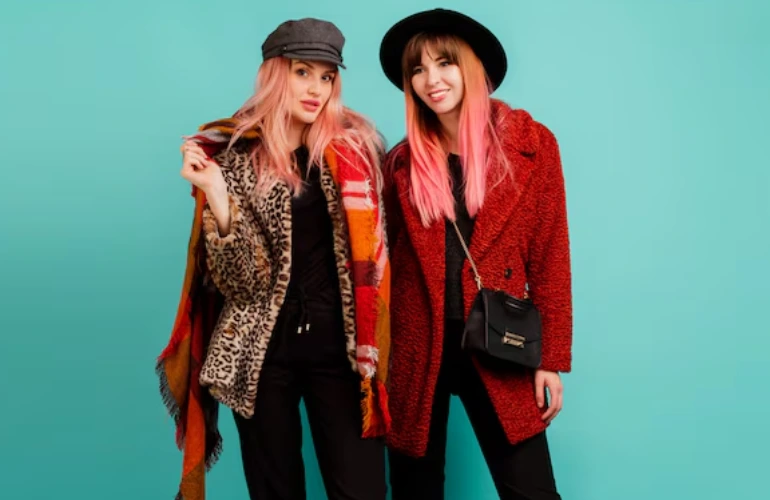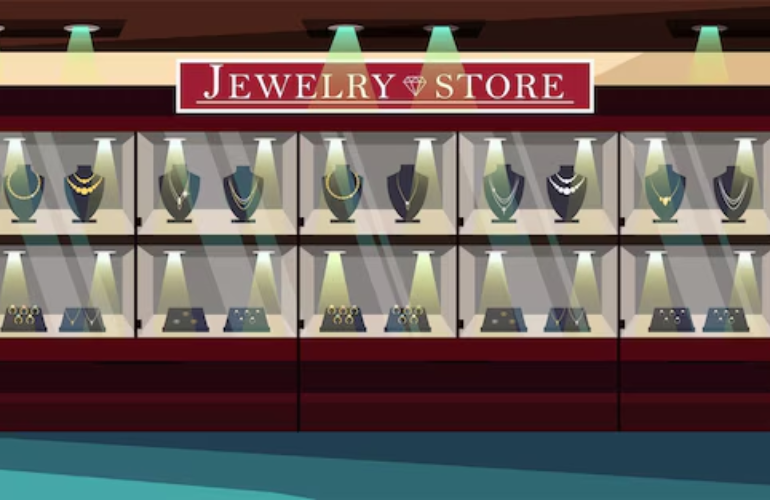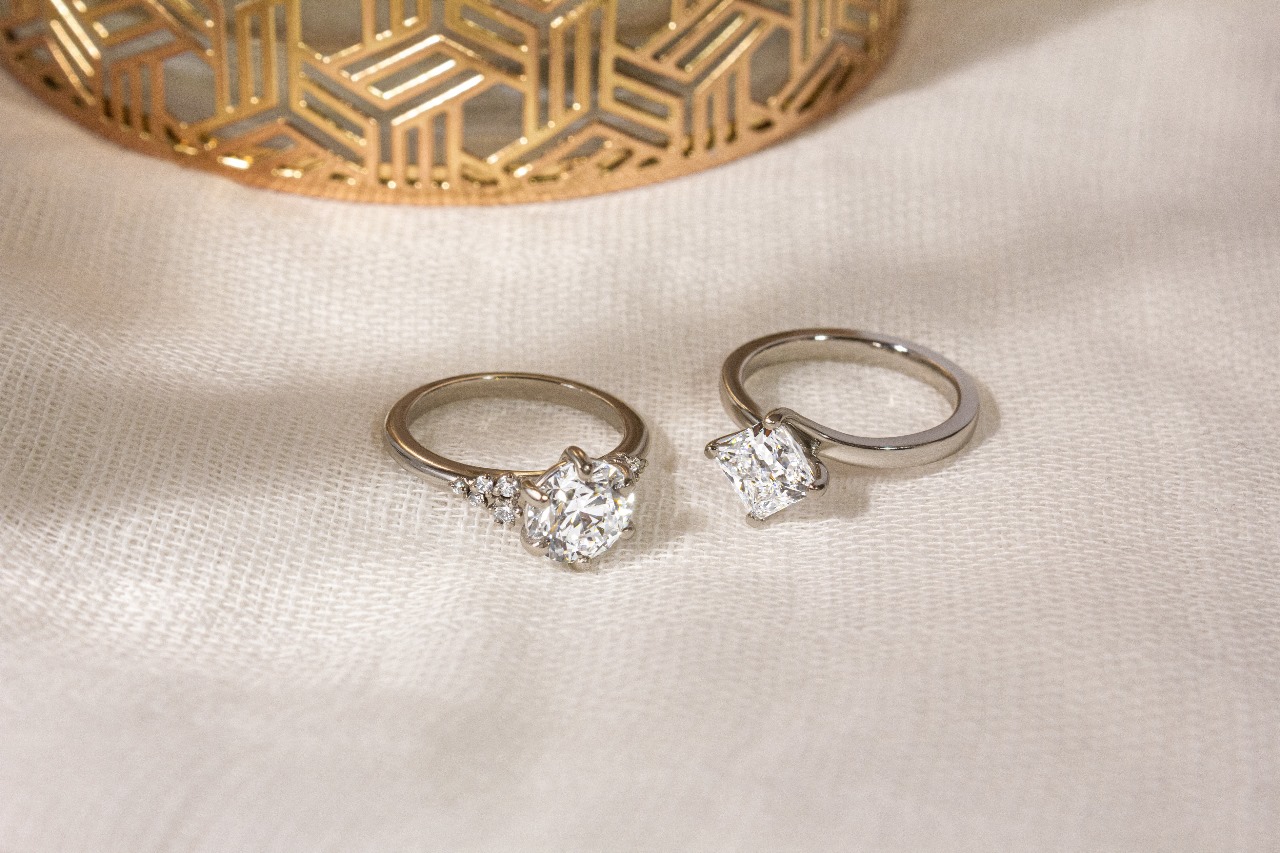The 2010s was a fashion decade like no other. As the world changed rapidly with the rise of social media, technology, and cultural movements, so did the clothes we wore. The fashion trends of the 2010s reflected personal expression, comfort, and a mixture of high and low fashion. From streetwear to high fashion collaborations, the decade saw an explosion of creativity that still influences today’s style choices.
Let’s take a journey back and explore the unforgettable 2010s fashion trends, and how they made their mark on history.
1. Streetwear Goes Mainstream
Streetwear, which began in the 1990s as a niche style, became a major influence in the 2010s. Streetwear was more than just fashion; it was a cultural movement that included skate culture, hip-hop, and sneakers. Brands like Supreme, Off-White, and BAPE saw their popularity soar.
Why Was Streetwear So Popular?
In the 2010s, the line between high fashion and streetwear blurred. Luxury brands like Louis Vuitton and Balenciaga collaborated with streetwear designers, making these styles more accessible and fashionable. As people spent more time online, influencers played a huge role in spreading streetwear culture worldwide.
Moreover, it was about self-expression. Wearing streetwear was a way to show your identity and interests without following traditional fashion rules. It was casual yet cool, and it represented individuality.
2. The Rise of Athleisure
Athleisure, a combination of athletic and leisurewear, became one of the biggest trends of the 2010s Fashion. People wanted clothes that were comfortable but stylish, and athleisure filled that need. Brands like Nike, Adidas, and Lululemon led the charge with leggings, sweatpants, and sports bras that could be worn at the gym or while hanging out with friends.
Why Did Athleisure Become So Big?
The decade was about merging comfort and fashion. With more people leading active lifestyles, they wanted clothing that could transition from a workout to casual wear. Athleisure made it easy for people to be stylish without sacrificing comfort. As wellness became more important, athleisure was a natural reflection of that focus on health and fitness.
Read about: Casual 90s Mens Fashion.
3. Fast Fashion and Its Impact
While luxury brands were collaborating with streetwear designers, fast fashion brands like Zara, H&M, and Forever 21 were booming. These brands offered trendy clothes at affordable prices, which meant that people could keep up with fashion trends without breaking the bank.
How Did Fast Fashion Change the Industry?
Fast fashion made trends more accessible. If you saw a celebrity wearing a cool outfit, chances were you could find a similar version at a fast fashion store within weeks. However, fast fashion also faced criticism for its impact on the environment, as it encouraged a “buy and throw away” mentality. Despite this, fast fashion shaped the way people approached clothing in the 2010s.
4. Gender Fluid Fashion
The 2010s saw a shift in how we think about gender and clothing. Fashion started to break away from traditional male and female categories. Designers like Gucci, Thom Browne, and brands like Telfar created clothing that blurred the lines between masculine and feminine styles.
Why Did Gender Fluid Fashion Emerge?
As society began to embrace diversity and inclusion, fashion followed. People wanted clothes that reflected their identity, and gender-neutral fashion allowed individuals to express themselves without being confined to gender norms. This trend was also boosted by celebrities like Harry Styles and Jaden Smith, who embraced gender fluidity in their outfits.
5. The Influence of Social Media and Influencers
Social media platforms like Instagram, YouTube, and Pinterest have become major forces in the fashion world. Fashion influencers like Kylie Jenner, Chiara Ferragni, and Emma Chamberlain shaped trends by showcasing their styles online.
How Did Social Media Change Fashion?
For the first time, ordinary people could influence fashion trends on a global scale. Brands began partnering with influencers to promote products, and trends spread quickly online. Instagram became a digital runway, where anyone could show off their outfits and reach a wide audience. This shift gave rise to trends like the Instagram model look, which included form-fitting dresses, biker shorts, and matching sets so Check Details.
6. Eco-Friendly Fashion and Sustainability
While fast fashion thrived, the 2010s also saw the rise of sustainable and eco-friendly fashion. Brands like Stella McCartney and Patagonia focused on creating clothing with minimal environmental impact. People became more aware of the harmful effects of fast fashion on the planet, and there was a growing demand for ethical fashion.
What Led to the Sustainable Fashion Movement?
As climate change became a global concern, people wanted to make more responsible choices, even in their clothing. Eco-friendly materials like organic cotton and recycled fabrics became popular, and brands that focused on sustainability gained loyal followings. Consumers also started paying attention to where their clothes were made and how workers were treated.
7. Throwback Trends and Vintage Fashion
The 2010s also celebrated fashion from the past. Whether it was 90s grunge, 80s neon, or 70s boho styles, throwback fashion made a big comeback. Vintage stores and online platforms like Depop became popular places to find unique pieces from previous decades.
Why Were Throwback Styles Popular?
Fashion is cyclical, and trends from the past often come back in new ways. The 2010s was all about mixing old and new styles. People loved the nostalgia of wearing clothes that reminded them of their childhood or favorite movies from the past. Throwback fashion allowed for creativity, as people could mix vintage pieces with modern ones to create something entirely new.
8. Minimalism and Capsule Wardrobes
Amid the chaos of fast fashion, another trend quietly emerged—minimalism. Many people began embracing capsule wardrobes, which are made up of a few essential, timeless pieces that can be worn in multiple ways. Brands like Everlane and Uniqlo became known for their simple, high-quality basics.
Why Did Minimalism Become Popular?
In a world filled with so many fashion options, some people chose to simplify their closets. Minimalism focused on quality over quantity, which was a refreshing change from the constant cycle of trends. A capsule wardrobe allowed for a more intentional approach to dressing, reducing decision fatigue and promoting a more sustainable way to shop.
9. Influence of Celebrities and Iconic Moments
No discussion of 2010s fashion is complete without mentioning the major role celebrities played in shaping the decade’s trends. Rihanna’s fearless style, Kanye West’s Yeezy line, and Beyoncé’s statement-making performances all left their mark.
How Did Celebrities Shape 2010s Fashion?
Celebrities were trendsetters, and their fashion choices were often seen as a reflection of the times. The Met Gala, for example, became a global spectacle where stars like Lady Gaga and Zendaya wowed with bold and creative looks. These iconic fashion moments were talked about for weeks, and they helped define the style of the decade.
1. What were the biggest fashion trends of the 2010s?
The 2010s saw a variety of trends, including streetwear, athleisure, fast fashion, throwback styles, and sustainable fashion. Each trend reflected the decade’s focus on personal expression and comfort.
2. How did social media influence 2010s fashion?
Social media platforms like Instagram and YouTube play a huge role in shaping trends. Influencers and celebrities showcased their styles, making fashion more accessible and faster-paced than ever.
3. What is athleisure, and why was it popular in the 2010s?
Athleisure is a style that combines athletic wear with casual clothing. It was popular because it allowed people to wear comfortable, stylish clothes that could transition from a workout to everyday life.
4. Why did sustainable fashion become important in the 2010s?
As awareness of climate change and environmental impact grew, people started seeking eco-friendly clothing options. Sustainable fashion focuses on using organic materials and reducing waste.
5. How did gender-fluid fashion evolve in the 2010s?
Gender-fluid fashion broke down traditional gender boundaries. It became more common for people to wear clothes that weren’t strictly labeled as male or female, allowing for more freedom in personal style.
Conclusion
The 2010s Fashion was a dynamic decade for fashion, defined by bold trends, cultural shifts, and the rise of digital influencers. From streetwear to sustainability, the decade’s fashion choices continue to influence how we dress today. Whether you loved the comfort of athleisure or the nostalgia of throwback styles, 2010s fashion was all about expressing who you are. As we look back, it’s clear that this era left an unforgettable mark on the fashion world.





